Description
Caring for your Ivory Cane Palm
Avoid placing the Pinanga coronata near air vents, heaters, or drafty windows, as the dry air and temperature fluctuations can harm the plant. Clean the leaves regularly to prevent dust buildup, which can hinder photosynthesis. This also keeps the plant looking its best and allows you to check for pests or diseases.
While Pinanga coronata requires a bit more attention compared to some other houseplants, the effort is well worth it. With its striking foliage, this palm can transform any space into a tropical haven. By providing the right conditions and taking care of its basic needs, you can ensure your Pinanga coronata thrives and brings you joy for many years.
Light and Temperature
Like most tropical plants, Pinanga coronata prefers bright, indirect light. Placing it in direct sunlight can lead to leaf burn, while too little light may cause the leaves to lose their vibrant color. This plant thrives in temperatures between 60-80°F (15-27°C), with a drop to 55°F (13°C) at night. Protect the plant from sudden temperature fluctuations and keep it away from drafts.
Watering and Humidity
The watering requirements of Pinanga coronata are closely tied to the plant’s natural tropical habitat. It prefers consistently moist soil, but not waterlogged or soggy. The top inch of soil should be allowed to dry out between waterings. Overwatering can lead to root rot, which can be fatal.
High humidity levels are crucial for the health of the Pinanga coronata. A relative humidity of around 60% is ideal, but it can tolerate levels down to 50%. If the air in your home is dry, use a pebble tray filled with water or a humidifier to increase humidity levels.
Soil and Fertilizer
Pinanga coronata grows best in well-draining, loamy soil. A mixture of peat moss, perlite, and compost works well. It requires regular feeding to maintain its lush foliage. Use a slow-release granular fertilizer or a liquid fertilizer diluted to half strength every two weeks during the growing season (spring and summer). Cut back on feeding during the fall and winter months when growth slows.
Repotting
This palm is a fast grower and may need repotting every couple of years. The best time to do this is in early spring. Make sure to choose a pot that is one size larger than the current pot. Use fresh potting soil and ensure the pot has adequate drainage to prevent waterlogging.
Pruning
Regular pruning is essential for maintaining the appearance and health of the Pinanga coronata. Remove any dead or yellowing leaves by cutting them off at the base. This not only makes the plant look better but also improves air circulation and reduces the risk of pest infestations or diseases.
Pests and Diseases
Pinanga coronata is susceptible to pests such as spider mites, mealybugs, and scale insects. Monitor the plant regularly for any signs of pests, such as discolored leaves or a sticky residue. Treat any infestations as soon as they are identified by using insecticidal soap or a suitable pesticide.
The most common disease affecting this plant is root rot, usually caused by overwatering. Prevent this by ensuring the plant is watered correctly and the pot has proper drainage.
Propagation
Propagation of Pinanga coronata can be achieved through seeds, although this method requires patience as germination can take several weeks or even months. Fresh seeds have the highest germination rate. Plant the seeds in a well-draining soil mix, keep the soil lightly moist, and maintain a high humidity environment for successful germination.

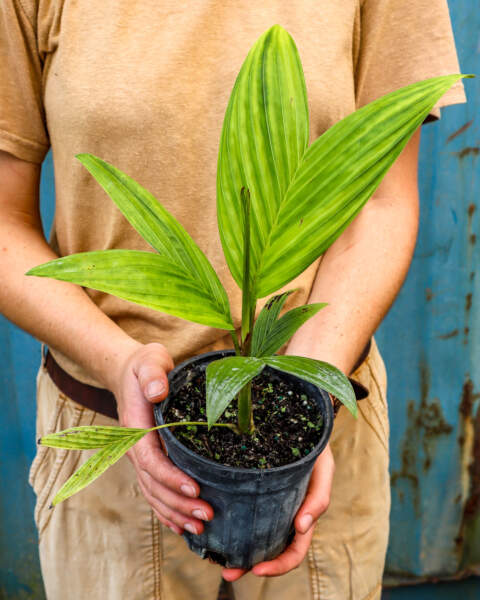
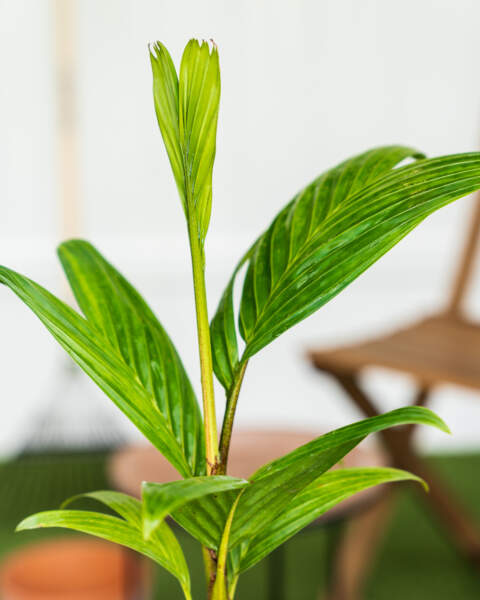
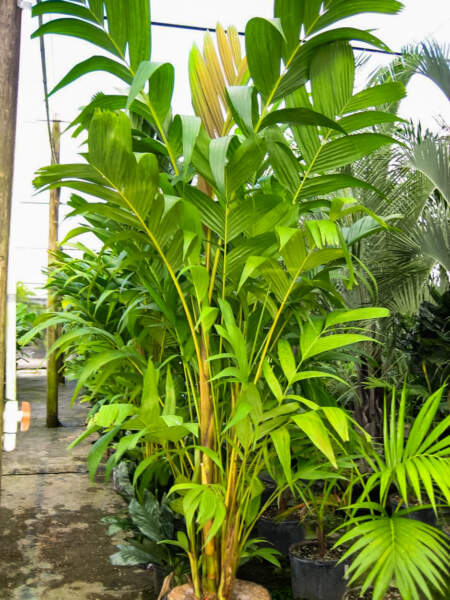
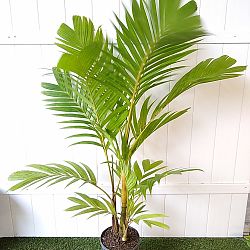
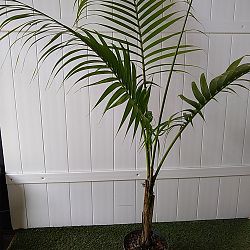
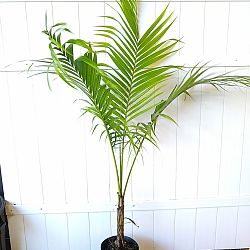
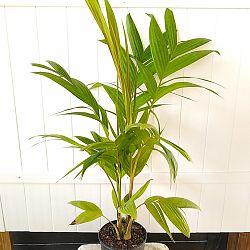
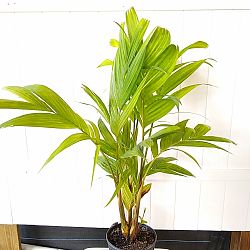
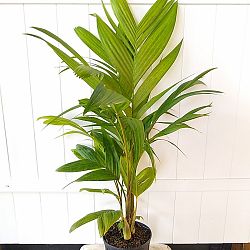
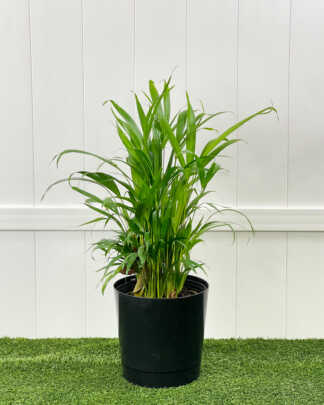
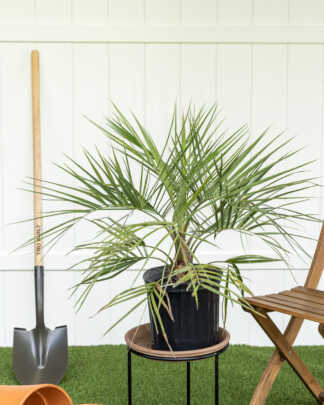
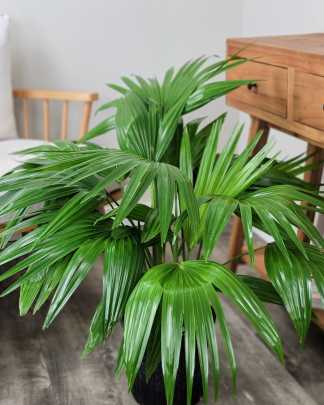
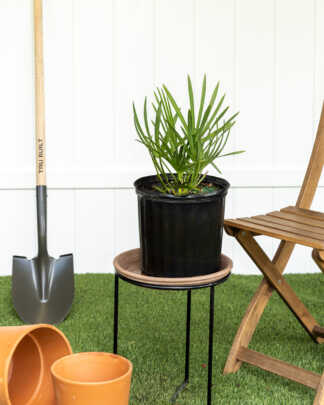
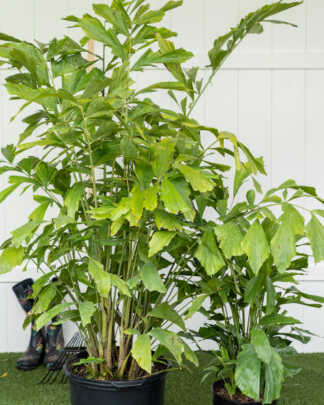


Marie Albaral (verified owner) –
Plants always arrive timely and in beautiful condition!!
mike mislan (verified owner) –
smaller then I thought but a nice plant anyway